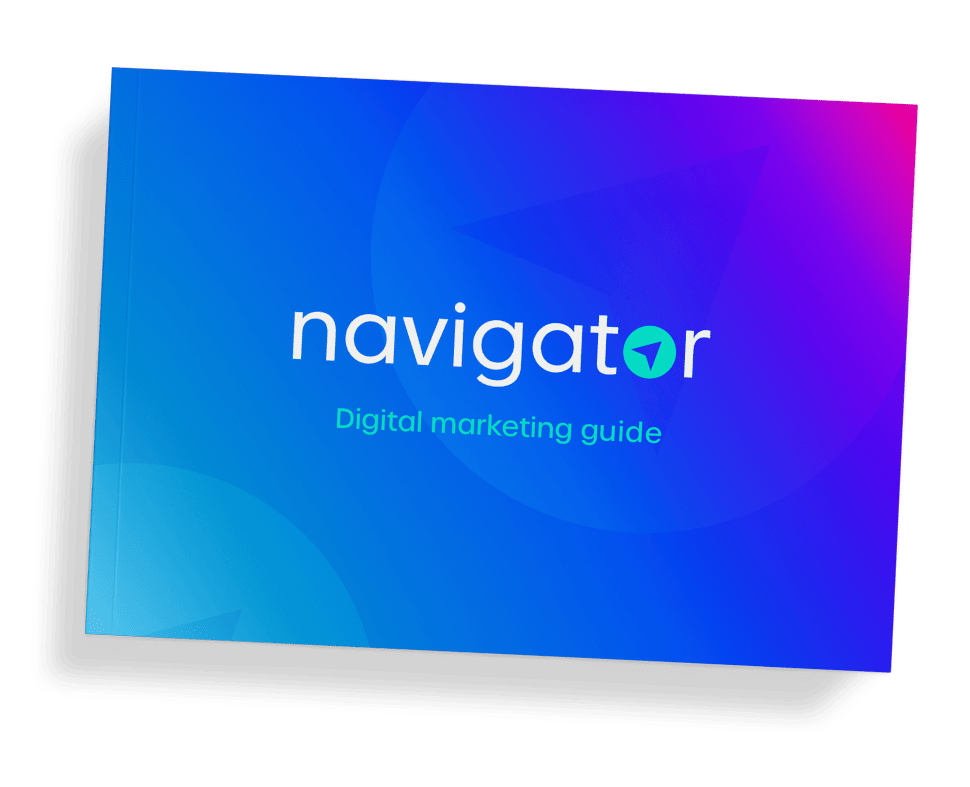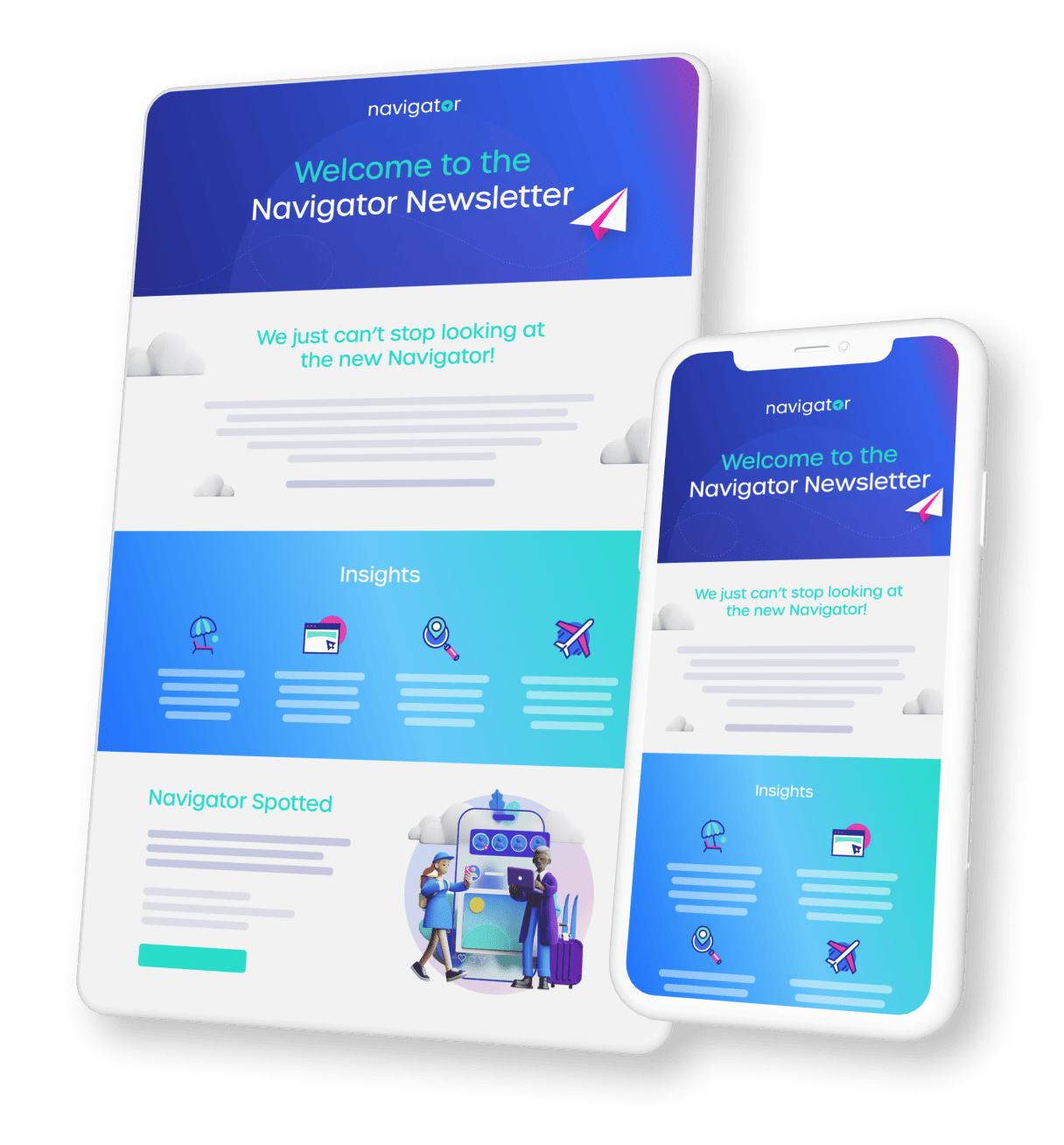As a marketer, it’s important to know all the possibilities for your next campaign, especially if you’re new to marketing. It can be overwhelming trying to keep up, not only with newly evolving tactics like UGC and AI segmentation but also with remembering the tried and trusted approaches to marketing that have proven to be powerful ways to reach your ideal customers (when executed correctly).
I’ve been deeply involved in watching the transformation of digital marketing over the last decade, and nothing has excited me more than the rejuvenated emergence of SEM in the travel industry.
If your first thought when you hear the word SEM is ‘booooring!’ or ‘what’s that again?’ you’re not alone. Many new marketers struggle to understand how it can be used to reach your ideal customer at that perfect moment when they’re in the market for your product. Even marketers who have been around since SEM was first introduced over 20 years ago might think it’s impossible for it to be an effective way to reach new customers. But hopefully, this article will help you see why it’s been so many brands’ superpower year after year to target ideal potential customers with the highest intent and also grab those prospecting.
I have witnessed the radical transformation that search engine marketing (SEM) can have for travel businesses, particularly through platforms like Google Ads. It’s not merely a promotional tool; it’s a fundamental shift in how these businesses engage with their target audience.
What is Search Enginge Marketing (SEM)?
For any new marketers, let’s start with the basics. Essentially, SEM is a paid ad that makes sure your brand is seen as the first search engine result for certain key words. 95% of SEM is done on Google (which makes sense, since it’s most of the world’s go-to search engine).
Search Engine Marketing has been around since 2001, when Danny Sullivan, a technologist and entrepreneur, coined the term in an article. It then quickly became ‘ the cool new thing’.
Can SEM help businesses target travellers?
Of course! Even though SEM has been around for over 20 years, it’s biggest triumph lies in its exceptional ability to target demographics accurately, which is why we’re shocked to see how often it is overlooked by brands who only want to focus on the newest trends in marketing.
For example, a travel company can leverage Navigator’s 1st party travel data in combination with Google Ads to pinpoint people actively searching for holiday destinations or flights. This approach goes beyond reaching an audience; it’s about establishing a connection with potential travellers at the most opportune moment, greatly enhancing the probability of converting interest into sales.
When we talk about the way SEM can super-charge a business’s digital ads, there are two examples I like to refer to within the travel industry.
-
REI’s Success Story:
REI’s successful use of Google Ads to target searches related to camping gear and eco-friendly travel accessories has been a game-changer. Their strategy resulted in
- Enhanced online visibility.
- Increased targeted site traffic.
- Higher sales.This case study is a perfect example of how understanding your audience’s interests and needs can lead to significant business growth.
-
GoPro’s Targeting Strategy:
GoPro’s strategy to target adventure travelers using Google Ads has positioned their action cameras right in front of their ideal customers, travelers who want to capture their experiences. This targeted approach has been crucial to drive GoPro’s brand awareness and sales in the competitive action camera market amongst travelers.
Leveling Up your SEM Strategy: Find your ideal customer at the perfect moment
We understand why so many new marketers might be skeptical of how powerful SEM can be, but don’t forget that as new marketing tactics evolve- so do the approaches to old strategies.
Here’s how the experts are making the most of SEM:
- Advanced Segmentation Techniques: Advanced segmentation techniques allow travel companies to refine their targeting further. By analyzing user behavior, preferences, and past travel history, companies can craft highly personalized campaigns. This level of customization is not only more engaging for the user but also results in higher conversion rates.
- Localized Marketing: Localized marketing is another critical aspect of SEM in travel. By tailoring content and ads to specific geographical locations, travel companies can appeal to local preferences and cultural nuances. This approach is especially effective in attracting domestic travelers or those planning trips to specific regions.
- Leveraging AI and Machine Learning: The integration of AI and machine learning in SEM tools has revolutionized campaign management. These technologies enable predictive analytics, automated bidding strategies, and personalized ad content, significantly enhancing campaign performance.
- Embracing Sustainability with SEM: With an increasing focus on sustainable travel, SEM campaigns that highlight eco-friendly practices or sustainable travel options are becoming more prevalent. These campaigns not only resonate with environmentally conscious travelers but also align with global efforts towards sustainable tourism.
- Anticipating Future Trends in SEM: SEM is evolving to become increasingly sophisticated. The integration of augmented reality (AR) and virtual reality (VR) in SEM campaigns, the growing importance of voice search optimization, and the continued emphasis on mobile marketing are just a few of the trends that will shape the future of SEM in travel.
SEM’s Global Impact and Where it’s Growing
So for any marketer, whether you’re new to the field or a seasoned pro, never doubt SEM’s profound impact on global travel marketing.
The Navigator team believes marketing should be simple. Brands want to put their product infront of people who want it. And SEM is allowing so many brands to do just that.
Where some see it as ‘outdated’ we see it as an unexpected approach. And most importantly It allows companies to reach audiences efficiently, overcoming geographical and linguistic barriers. This global reach is instrumental for companies looking to expand their presence in new markets, to reach their ideal customers at that perfect moment, with the perfect message.
Continue reading “The Transformative Power of SEM in the Travel Industry”



